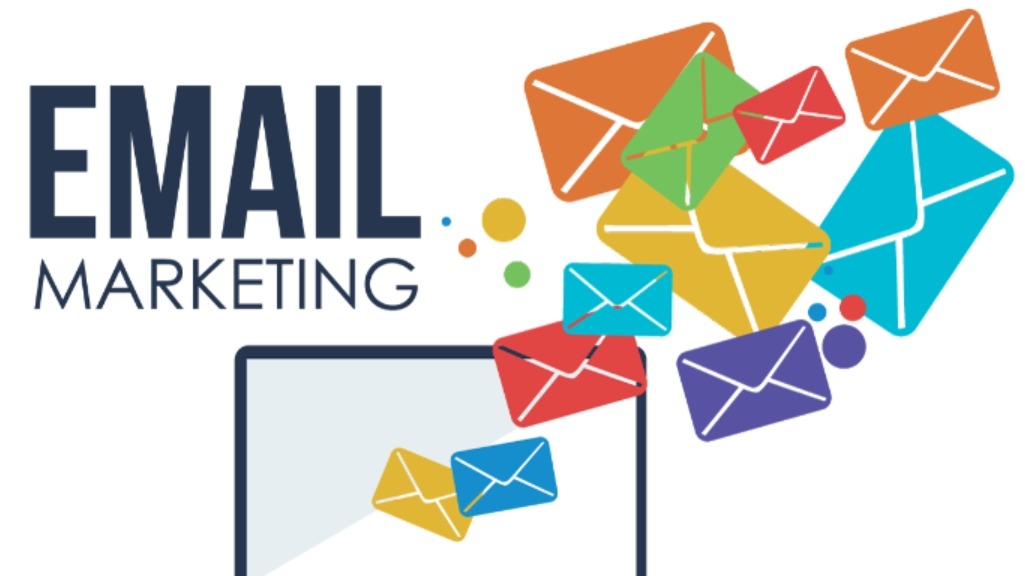Learn the Top 5 Strategies and Cool Tools You Need to Know About to Start Your Online Business
John Navata #1: Depend on the tried and tested essentials of Internet marketing These key strategies for marketing your business online have always been effective, but are now much easier to apply.
Things like… Designing a web site that sells: As in the early days of the ‘Net, your web site needs to have clear navigation and a good sales process to be effective; however, it’s now much more important for your site to look professional. Today’s web surfers have clear expectations of how a commercial web site should look and perform. Luckily, new tools and resources, such as the free web-building software Nvu, make it a breeze for you to create a good-looking, fully functioning business web site. Discovering a profitable niche market: Providing a solution to a problem for a narrowly-defined niche market is still extremely important — maybe even more so with the increased competition. But now, advanced tools such as Yahoo! Search Marketing’s Keyword Selector Tool and Wordtracker can help you pinpoint exactly who your market is and what they’re hungry for. Multiplying your profits with additional income streams: If you want to pile profit on top of profit, combine several revenue streams. The host of e-commerce opportunities that are now available mean that you have an almost limitless selection of these profit-boosters: from moving merchandise on eBay to creating free web pages with Google pages that will be quickly indexed by the search engines, to selling on-demand merchandise on sites such as CafePress.
com. Expanding your reach — and profits! — with an affiliate program: An affiliate program can still ramp up your income while exposing your site to a wider audience. But instead of recruiting an «army» of affiliates, these days it’s more important to attract «super affiliates» to your program — a few affiliates who will be responsible for generating the bulk of your sales. These superstars can be attracted by a generous commission structure and payouts for sales generated long after an affiliate’s referral. Of course, some areas of Internet marketing have changed more than others since our first course made its debut in 1998. Let’s take a look at some of them… and the tremendous opportunities they offer. #2: Make sure your e-mail gets delivered… the critical changes you need to be aware of E-mail marketing is still highly profitable. In fact, we made $2.4 million last year from e-mail marketing alone! Not only is it a great — and inexpensive — way to establish relationships with your customers, but your promotions and follow-up offers can be completely automated. However, while you used to be able to send e-mail to absolutely everyone, these days you have to be very careful. Spam — a growing problem on the ‘Net — cost US businesses an estimated $17 billion in 2005 (Ferris Research) and now accounts for 57% of all e-mail (Ipswitch 2006)! The consequences of spamming have grown far beyond a slap on the wrist from your Internet Service Provider or a few nasty e-mails from angry recipients. For example… Internet Service Providers now filter all incoming e-mail for spam by blocking messages that contain particular combinations of words or phrases and shutting out ALL e-mail from the domains and IP addresses of known spammers. So if you get mistakenly labeled as a spammer, as much as 50% of your e-mail may be «filtered» and never reach your subscribers. And it can take weeks or months to resolve the issue! The CAN-SPAM Act (January 2004) introduced laws that allowed spammers to be prosecuted if specific guidelines aren’t being met.
Under this Act you can be fined, and even jailed, if your e-mails don’t meet certain requirements, such as an «unsubscribe» link in the body of each e-mail you send out. The bottom line is that if you want to take advantage of the profit-boosting power of e-mail marketing, you MUST make sure that your e-mails comply with the CAN-SPAM Act. You can read the full text of the CAN-SPAM regulations at www.spamlaws.com/federal/can-spam.shtml. Once you’ve made sure your e-mails will be delivered, you need to think about their content. In the face of overflowing inboxes, your e-mails and newsletters need to be particularly appealing and valuable if you want them to be opened. #3: Keep up with the search engines and take advantage of FREE sources of traffic The search engine landscape has changed dramatically since we published the first edition of our course. We used to recommend getting listed on eight major search engines: Altavista, Excite, HotBot, InfoSeek, Lycos, Northern Light, WebCrawler, and Yahoo. Today, clear leaders have emerged, narrowing our recommendations to the top three contenders: Google: The most important of the three, Google has a 49% share of the search market. Yahoo: A distant second, Yahoo has a 22% market share. MSN: With 11% of the market, MSN is still worth focusing on. With fewer search engines, keeping on top of their ever-shifting algorithms has become critical. If you can get a top listing on Google, for example, you can double your potential customers! A new way to drive free traffic to your site is to write short articles related to your industry and post them on e-zine article directories such as Ezinearticles.com. Include your tagline at the bottom of each article you write and watch your traffic increase exponentially — as well as your inbound links (which the search engines consider when ranking your site!).
Take advantage of as many FREE sources of traffic as you can to drive tons of targeted traffic to your site! #4: Instantly boost your traffic with pay-per-click advertising Paid search has exploded, becoming a widely accepted way to drive qualified traffic to your site — fast. And with each passing year, it becomes more sophisticated, allowing you to zero in on your target market with greater precision. Today, the major players are… Yahoo! Search Marketing (http://searchmarketing.yahoo.com/): Yahoo’s sponsored search lets you advertise your site in the search results of the following search engines: MSN, Yahoo, AltaVista, InfoSpace, AlltheWeb, and NetZero. Google AdWords (https://adwords.google.com/): With Google AdWords, you can have your ads show up in sponsored search listings for certain keywords — and you can also advertise on other sites that match your audience. MSN AdCenter (https://adcenter.msn.com/): MSN has recently entered the arena of paid search with MSN AdCenter. So far, it’s the only PPC engine to offer keyword-based demographic targeting. Paid search is one of the fastest ways to drive qualified traffic to your site… and if done properly, won’t break the bank.
To learn how to profit from pay-per-click advertising in three simple steps, check out my blog post.
#5: Promote your business with the technologies that have changed the face of Internet marketing Technology has been furiously advancing since the first edition of our Insider Secrets course — paving the way for new and highly effective ways to promote your Internet business. Let’s look at some that have had the biggest impact: Audio and Video: The Internet has come a long way since its text-only roots! Programming languages such as JavaScript and programs like Macromedia’s Flash have allowed for web video and audio, slide presentations, and other interactive elements. Our testing has proven that using audio and video as part of your sales process can now have a dramatic impact on your bottom line — if done right. Use short audio and video clips of you and your customers to personalize your site and reassure visitors that you are a credible business. Blogging: Blogs are informal web forums that invite feedback and discussion. They’re free to set up and use, and so simple that they can be created in minutes using sites such as Blogger.com. As a result blogging has exploded in popularity over the last few years. With a business blog you can reach a wider audience, generate better search engine rankings, boost your revenue, and develop a rapport with your customers — to name just a few benefits.
And because blogs are updated frequently, search en
gines LOVE them. Podcasting: Podcasting, the delivery of audio files — typically MP3 files — via the Internet, is one of the hottest new technologies to hit the market. It allows you to publish audio content that interested listeners can subscribe to via RSS “feeds” — so they can automatically receive your audio broadcasts without having to go to your web site. Direct-to-desktop technology: Direct-to-desktop technology is a way to deliver information straight to your subscribers’ desktops — without having to wrestle with e-mail filters, bouncebacks, or your competition! Once your customers sign up, they don’t have to check their e-mail or visit your web site to get your latest news or updates. A flashing desktop icon alerts them as soon as they receive your message — and all they have to do is click to read it.


